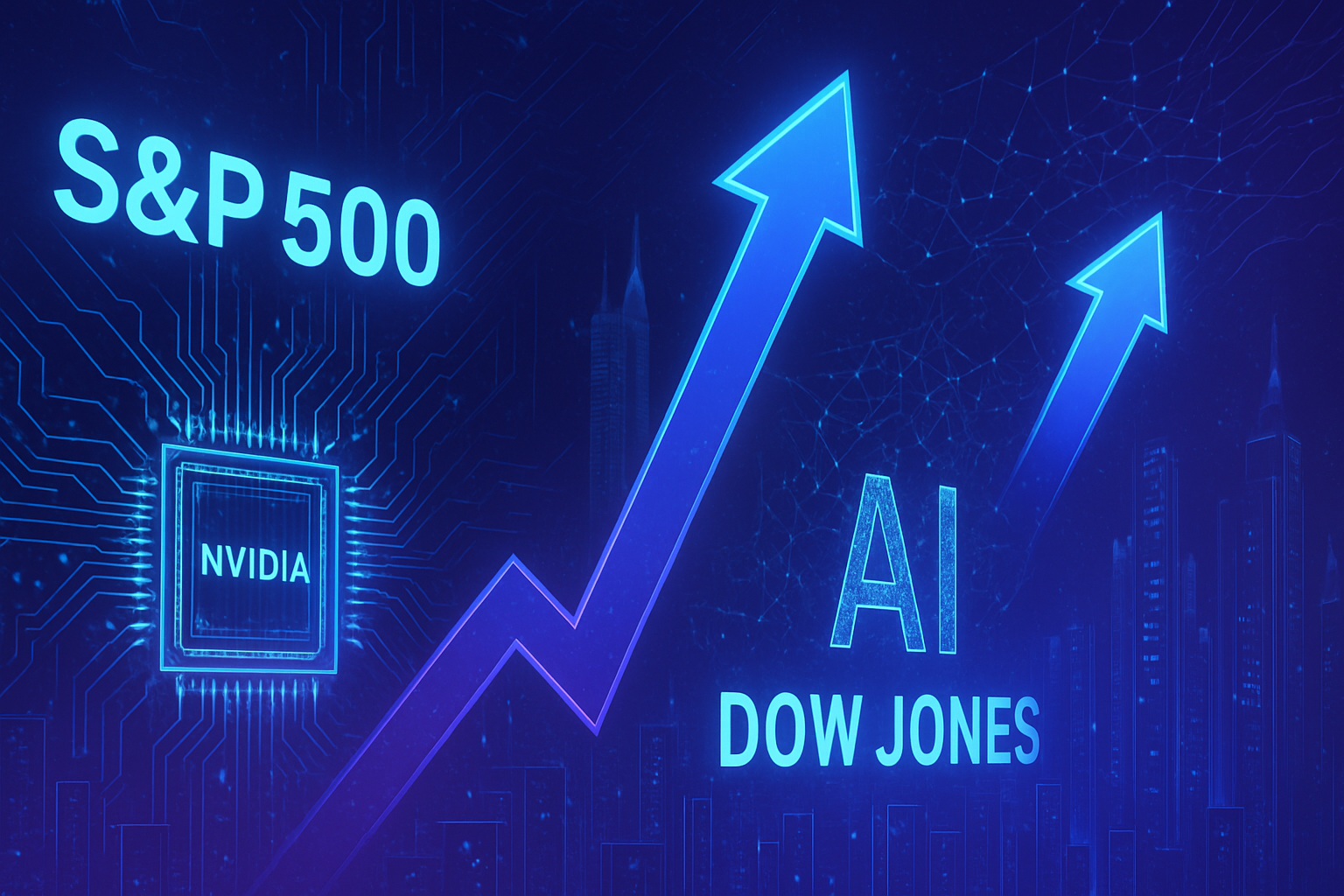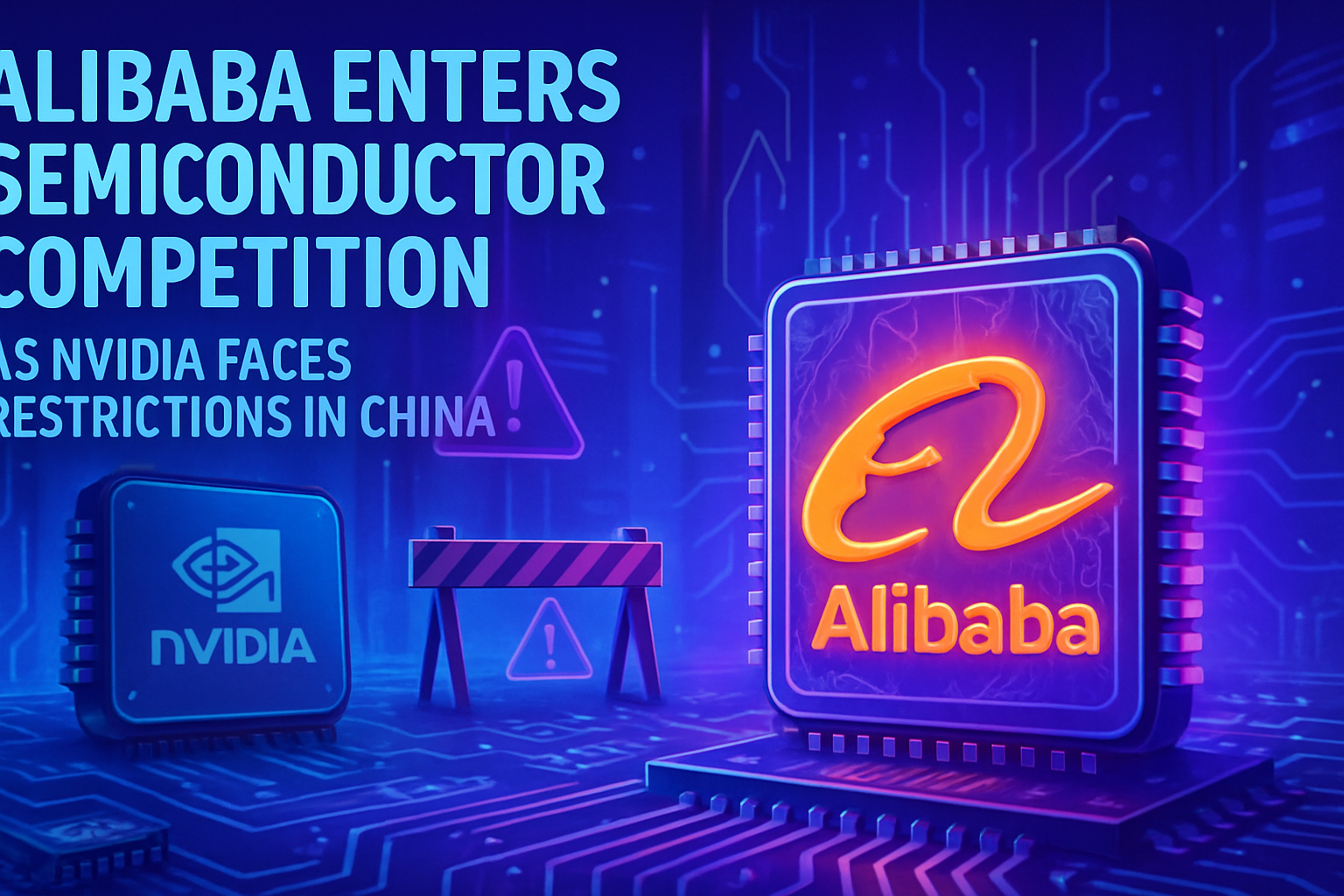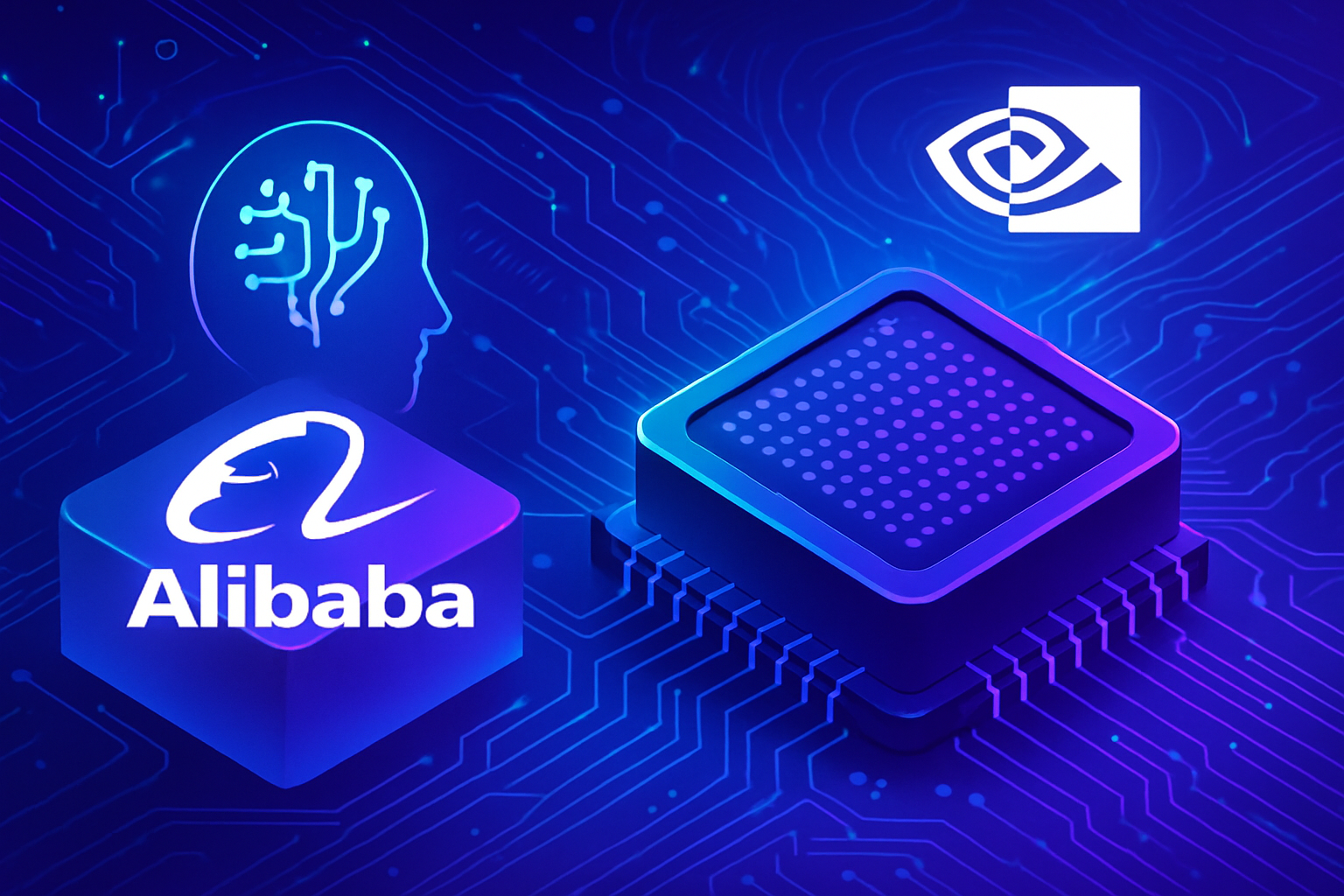The financial markets are soaring. As the S&P 500 and Dow Jones reach new heights, economic players are scrutinizing Nvidia’s stunning results. This momentum reflects a growing interest in artificial intelligence. The visible profits encourage investors to redefine their strategies, creating a palpable excitement in the stock markets. The rise of technology is shaping the economic landscape. The implications of this ascent go beyond mere numbers, transforming how companies approach contemporary challenges.
New stock market highs
The S&P 500 and Dow Jones are reaching historic levels, catalyzed by Nvidia’s results that exceeded expectations. The enthusiasm for artificial intelligence (AI) is generating a momentum that resonates across the financial markets. This phenomenon indicates a significant shift in investments in the technology sector, with Nvidia in the spotlight.
Nvidia’s exceptional performance
Nvidia, a major player in the semiconductor industry, has reported remarkable financial results that have captivated investors’ attention. A significant increase in its revenue linked to the growing demand for AI technologies has been observed. This favorable context led to a surge of nearly 25% in the company’s stock in a single day.
Impact on stock indices
This surge in Nvidia’s stock had a direct impact on the S&P 500 and Dow Jones. These indices, often considered barometers of American economic health, are now evolving in an optimistic context. Stocks in the technology sector, a leader in innovation, are attracting more investments, favoring the rise of these indices.
Expectations related to AI
Nvidia’s ascent is accompanied by a growing anticipation surrounding AI. Companies are investing heavily in cutting-edge technologies, fueling intense competition in the market. This race for innovation could redefine power dynamics in many industrial sectors. Furthermore, the rise of AI applications exerts pressure on companies that are not engaging with it.
Economic outlook
Economic forecasts are heating up with the rise of technology companies. Wall Street analysts report a palpable optimism. The potential for growth will attract even more capital investment, further consolidating the influence of technology companies on the markets. The topic of AI’s impact on employment is also sparking debates, particularly regarding manual jobs, which are now more sought after in the face of automation threats.
The ongoing technological revolution is reshaping the financial and industrial landscape, advocating for a rapid adaptation of companies. Globally, major players, such as those in Taiwan, are reinventing themselves to take advantage of this momentum. The transition to an AI-driven economy offers unprecedented opportunities but also poses significant challenges.
Market reactions
Investors remain vigilant regarding market fluctuations caused by such dynamic changes. The volatility of stocks, particularly those related to AI, could also trigger rapid adjustments within portfolios. Some analysts are already discussing strategies to capitalize on this trend, emphasizing the importance of a clear market vision.
In summary, this pivotal moment represented by Nvidia’s rise and the AI sector immerses investors in a movement that seems inevitable. The growing adoption of artificial intelligence technologies could reshape the structure of financial markets, transforming expectations and investment behaviors.
To learn more about the potential impact of AI on the financial market, read articles related to recent developments in data centers and the strategies of electronics giants in Taiwan, who are reinventing themselves in the face of this revolution. Manual jobs are also gaining popularity, far from automation threats.
It is also essential to question the implications of creating norms and regulations, as creators from around the world oppose certain initiatives regarding artificial intelligence. The future is shaping up to be an exciting yet uncertain one, where innovation and caution must coexist.
Questions and answers regarding the peaks of the S&P 500 and Dow Jones related to Nvidia’s results
What impacts do Nvidia’s results have on the S&P 500 and Dow Jones?
Nvidia’s results, due to the rise of artificial intelligence, have energized the markets, resulting in a significant increase in these indices.
How can investors react to this rise in indices?
Investors should consider diversifying their portfolios and evaluating sectors related to AI, while monitoring the performances of key stocks like Nvidia.
What role does artificial intelligence play in the rise of stock indices?
Artificial intelligence drives innovation and productivity in technology companies, contributing to increased valuations of these companies’ stocks in the market.
Do Nvidia’s results foreshadow a lasting trend for the S&P 500 and Dow Jones?
While the results are promising, it is essential to monitor market and technology developments to assess the sustainability of this trend.
What risks are associated with this rise in indices?
Risks include potential overvaluation of stocks, market volatility, and regulatory changes in the field of AI.
How to analyze the impact of Nvidia’s results on other companies in the technology sector?
It is crucial to examine market reactions to the earnings of competing companies and assess their performances relative to Nvidia to obtain a comprehensive view.
Could the rise of the S&P 500 and Dow Jones influence other market sectors?
Yes, investor confidence in the economy can spread to other sectors, thereby stimulating investments in related areas such as health tech, cloud computing, and biotechnology.
What economic indicators should be monitored in relation to the performance of the indices?
Indicators such as GDP growth, interest rates, inflation, and employment reports can provide important insights into economic health and influence index performance.






